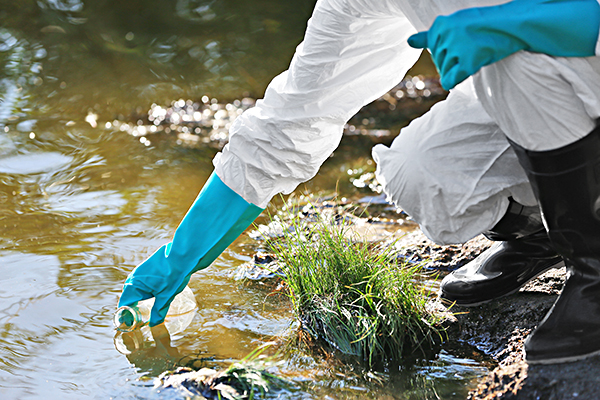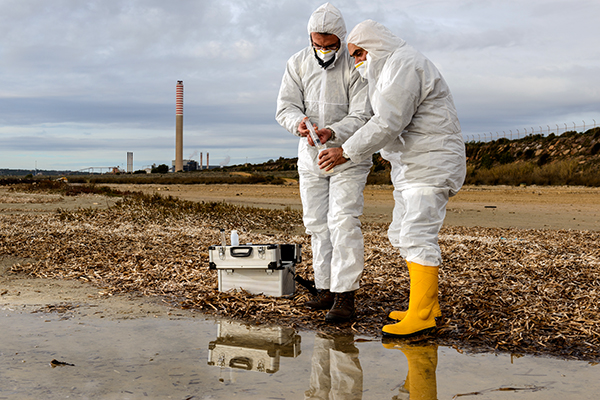Campus Health and Safety
Field Research Safety
We have more and more work activities conducted for the purpose of research by researchers or students of HKUST outside of a research laboratory. Field research hazards may be presented by such research activities from the physical, political, social or cultural environment of the field location. While some events may be unpredictable and may be unavoidable, the risks associated with field research can be greatly reduced through training, awareness of hazards and exercising good judgment.
All research, whether conducted in a laboratory or in an outdoor field setting, requires safety plan and training. Individuals are responsible for their own safety, as well as for performing research in a manner that will not endanger the safety of those around them. Solitary field research activities in remote areas are strongly discouraged. Whenever possible, fieldwork should be performed in teams of at least two people after the field research risks are assessed, safety procedures are established and controls are in place.

Awareness is the most basic and most important step in preparing to work in the field. To adequately prepare for field research, the worker needs to understand what risk the specific field research project entails and what safety concerns may arise. Field workers should be aware of the locations of emergency equipment, as well as basic emergency procedures. This is analogous to “site-specific” training in laboratories. First aid training and CPR are highly recommended for field researchers.


In general, a Field Supervisor should be appointed by the Principal Investigator (PI) to directly oversee field research at the field location. This Field Supervisor is responsible for safety planning prior to the field work, as well as implementation of safety protocols while in the field. Field supervisors must exercise good judgment, assess risks, and take all steps required to ensure the personal health and safety of participating members. A field supervisor is expected to establish a safety plan and provide all of the suitable training for conducting field research. The following factors should be considered when developing the safety plan:
- Scheduling: To the extent possible, field research should be planned in advance. The PI should know when and where field research is conducted and communicate well with the Field Supervisor.
- Risk assessment: Safety supervisor should assess the risks associated with the field activities and implement appropriate controls. This may involve the use of electrical equipment in wet environment, heat stress in open environment, fall of person while working on a slope, etc. PI or the appointed Field Supervisor can contact HSEO for assistance in doing the risk assessment.
- Protective Equipment: A properly equipped first aid kit, cell phone, walkie-talkie or even satellite phone, and extra water are required on field excursions. Appropriate personal protective clothing and equipment are required.
- Weather: The typical weather for the season of the field research should be assessed and reported to the field workers.
- Emergency contacts: The home phone number of all field workers and supervisors, as well as phone numbers of emergency contacts, should be included in the safety plan maintained by the supervisor. The home and workplace phone numbers of the PI also need to be kept in the plan in case field researchers want to contact PI during an emergency.
- Medical facilities: The telephone number, location and directions to a medical facility in the vicinity of the field site should be written into the safety plan maintained by the field supervisor.
It is also important that during the field exercise, the field supervisor must ensure the research and safety procedures written in the safety plan are implemented and that the team members follow the appropriate safety procedures, conduct ongoing risk assessments and report any unanticipated hazards to the PI.
You can contact HSEO if you have any concerns about field research safety. HSEO provides safety information and training to faculty, staff, and students, helps to review your field safety plan and makes appropriate safety recommendation to ensure all these field research activities are conducted safely.
